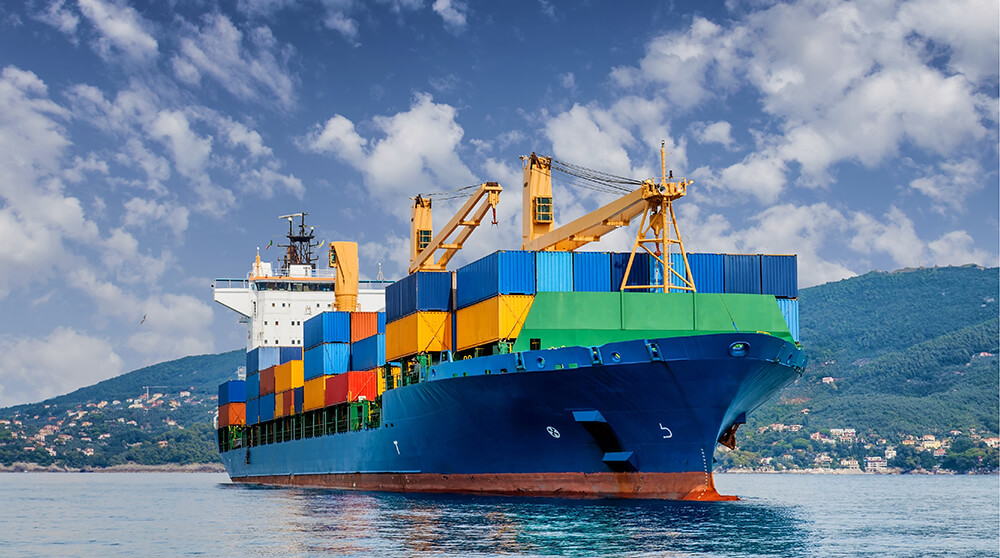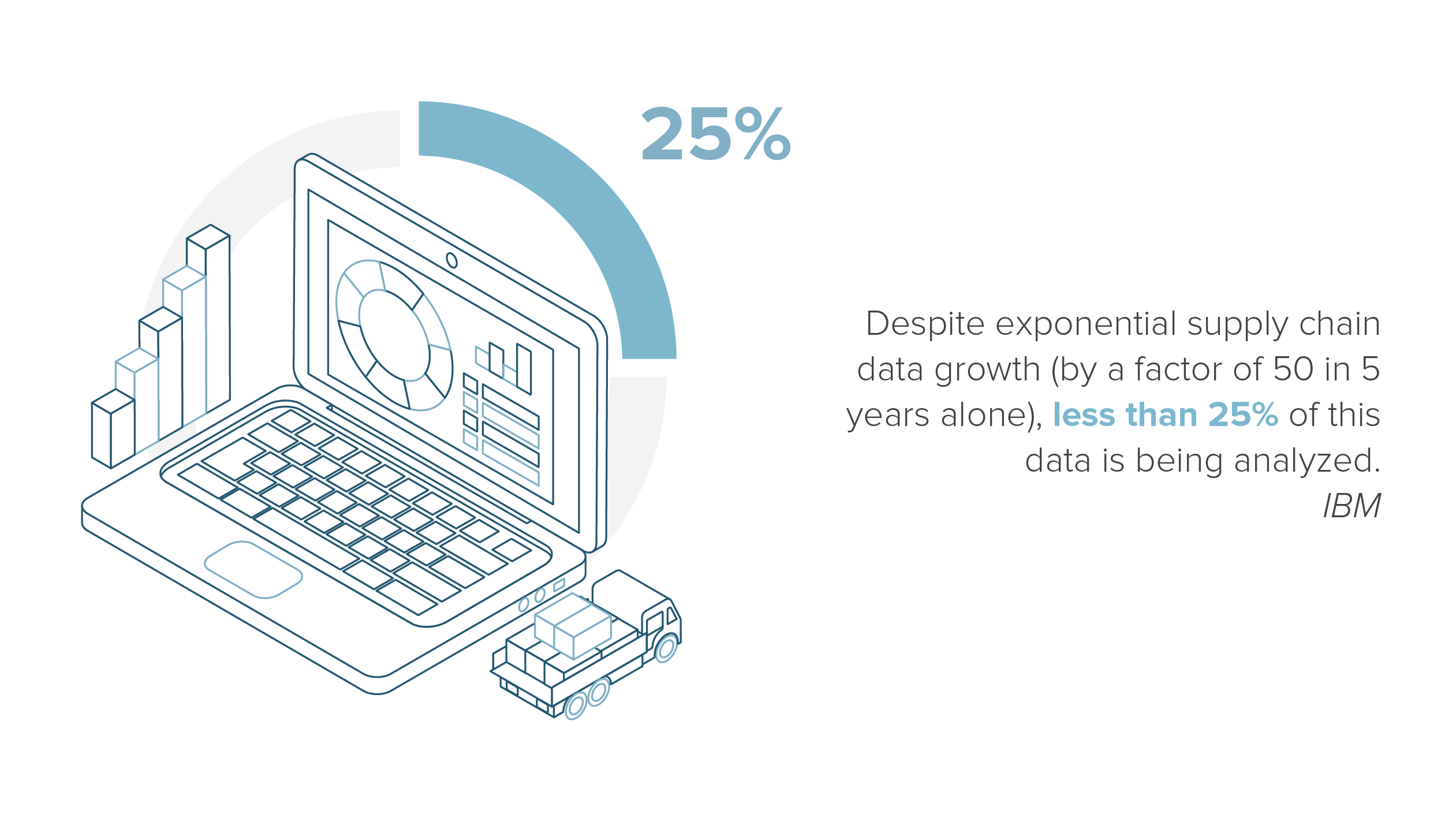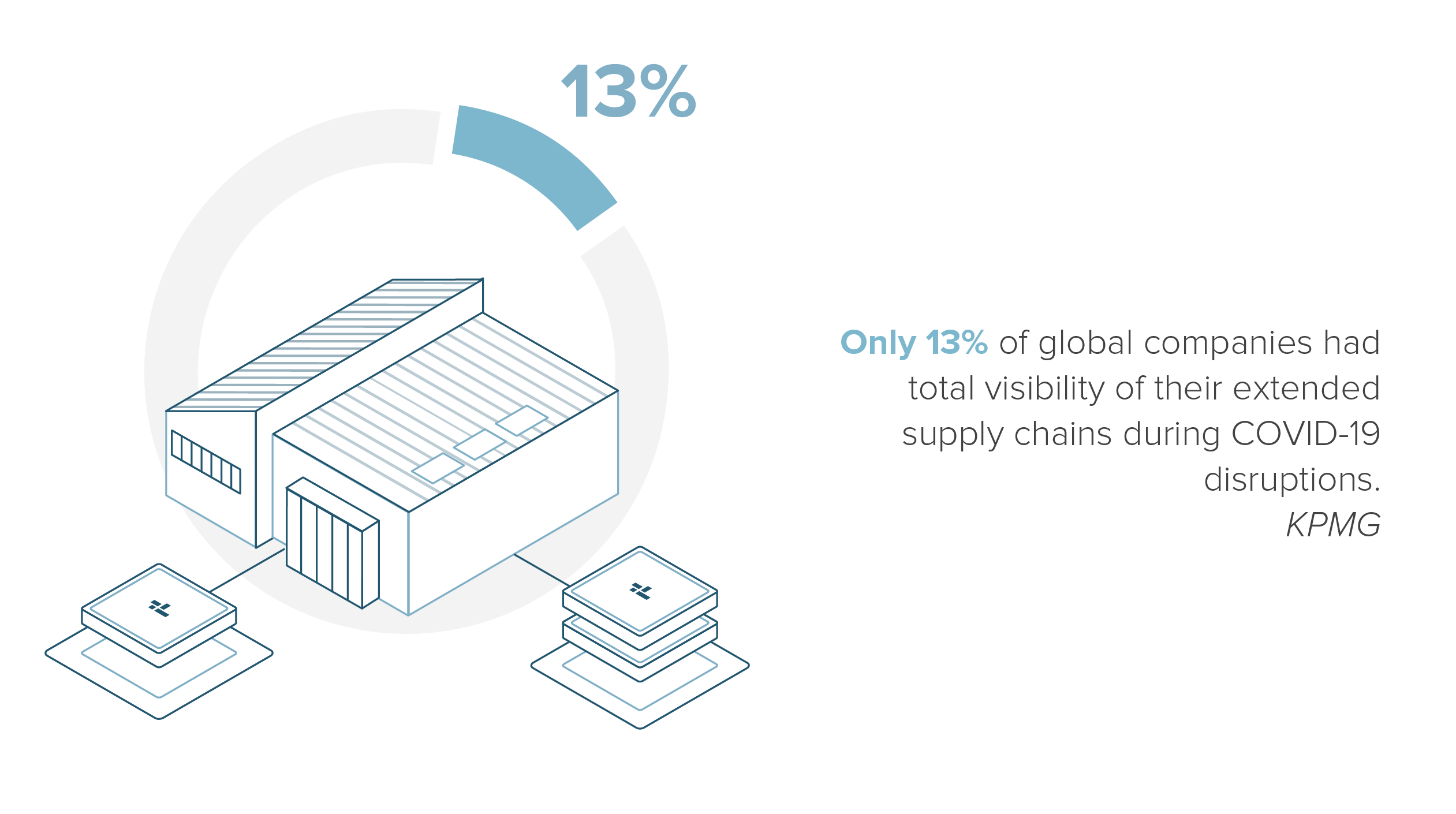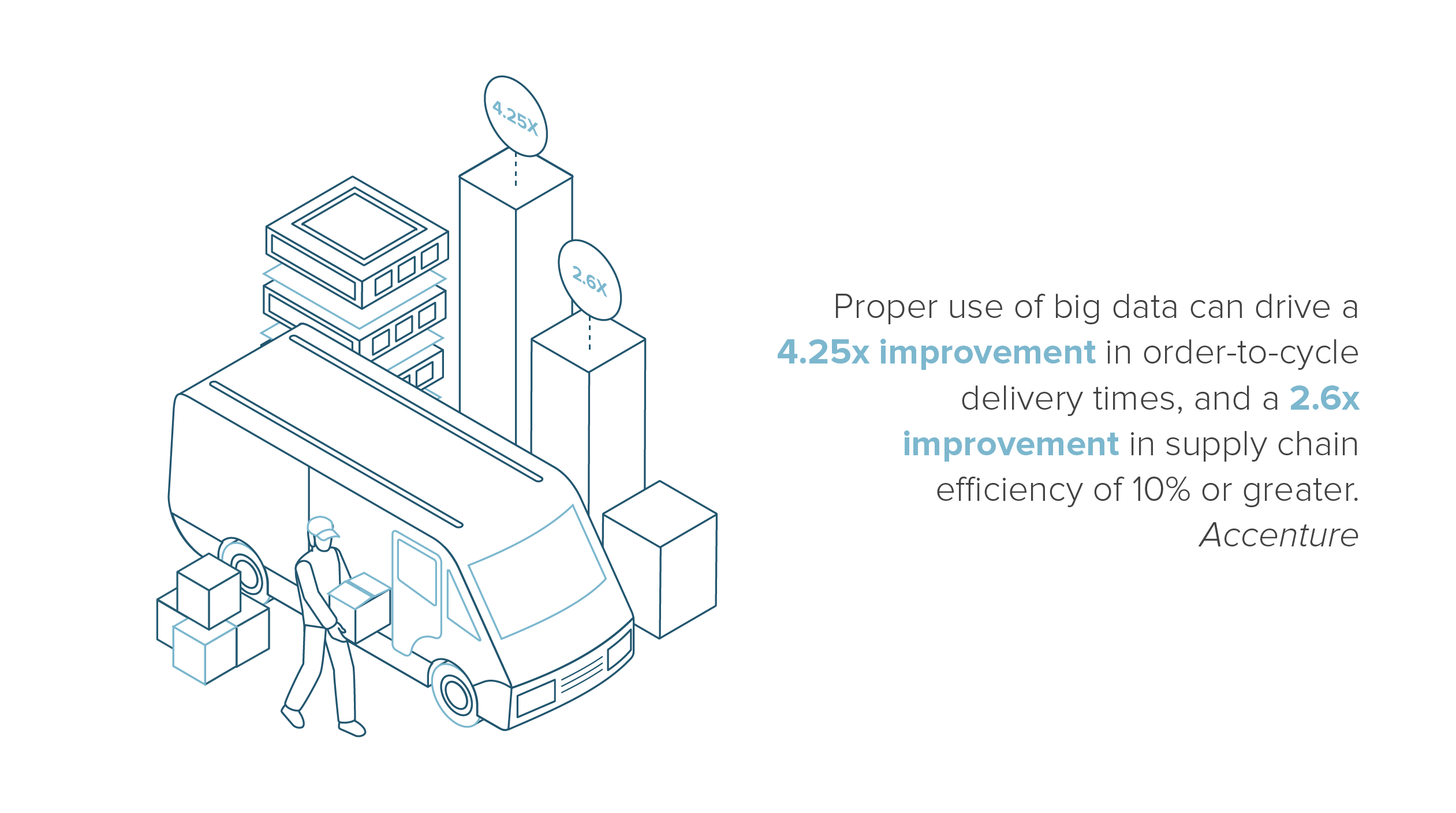
Building Smarter Supply Chains with Big Data

Awareness of big data’s transformational role in the supply chain, and tools such as advanced analytics and machine learning that are needed to unlock its value, is beginning to rise. Research indicates that the global supply chain AI market, for instance, is expected to grow at a CAGR of 45.3% to reach $21.8 billion by 2027.
The worldwide disruptions caused by COVID-19 underscored a host of opportunities for logistics networks. Pairing ‘small’ data (KPIs and traditional business metrics) with ‘big’ data from operational and environmental factors throughout the supply chain can not only shed light on areas for improvement, but also determine the probability of future disruptions and other risks.

Already, the daily deluge of data workers face is proving overwhelming–as many as 60% surveyed in one study reported information overload affected their ability to make accurate business decisions. Homing in on key sources and types of supply chain data, and ensuring reliable inflows of this data, is an early and critical step to establishing a big data framework that can provide precisely the insights needed.
Accomplishing this calls for identifying touchpoints along the supply chain where data needs to be gathered–such as warehouses, fleet hubs and manufacturing centers–and determining the need for IoT devices to enable real-time data collection. Use of open APIs for data sharing between systems can help overcome compatibility issues that arise from technical disparities across supply chain touchpoints.
Open APIs also bridge gaps to a host of external big data sources, such as weather, regional traffic patterns, port activities and consumption trends, that are vital to a supply chain control tower. Combined with automated analysis and visualization, such information will put logistics operators in a better position to fine-tune existing operations, as well as plan for disruptions through matching inventory to predicted demand, preemptive reallocating of fleet resources, reviewing suppliers and partners, and more.

An estimated 80% of supply chain data is unstructured. By tapping analytics and AI to turn them into actionable intelligence, supply chain operators can achieve tangible returns. One logistics giant has saved 100 million delivery miles across 55,000 drivers by using big data for dynamic route optimization, while use of advanced analytics to model container logistics and port constraints enabled an Asian shipping company to cut fuel consumption by more than 10%.
Book a demo with us today and find out more about how big data can help you build a smarter and more optimized supply chain.
Sources:
https://www.ibm.com/sg-en/topics/supply-chain-analytics
https://www.meticulousresearch.com/product/artificial-intelligence-ai-in-supply-chain-market-5064
https://riskpulse.com/blog/using-supply-chain-predictive-analytics-to-reduce-risk/
https://home.kpmg/au/en/home/media/press-releases/2020/09/predictive-modelling-can-get-you-the-goods-on-time-14-september-2020.html
https://www.supplychaindigital.com/sustainability/navigating-impact-covid-19-big-data-and-analytics
https://www.forbes.com/sites/louiscolumbus/2015/07/13/ten-ways-big-data-is-revolutionizing-supply-chain-management/?sh=7b1f7d4369f5
https://www.zdnet.com/article/big-data-case-study-how-ups-is-using-analytics-to-improve-performance/
https://www.riverlogic.com/blog/modern-supply-chain-analytics-are-you-keeping-up
Subscribe to keep up with our latest news









